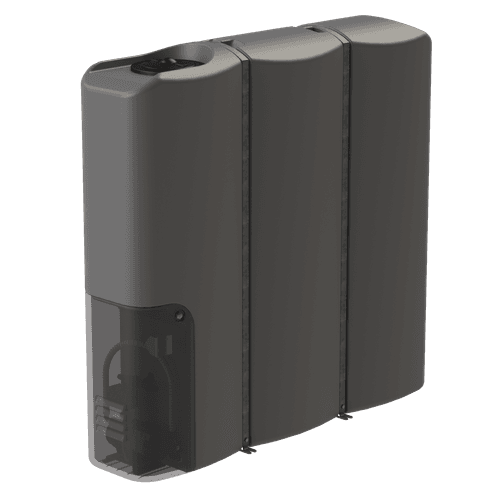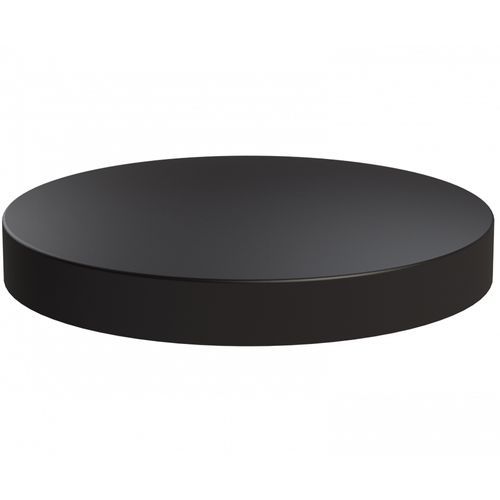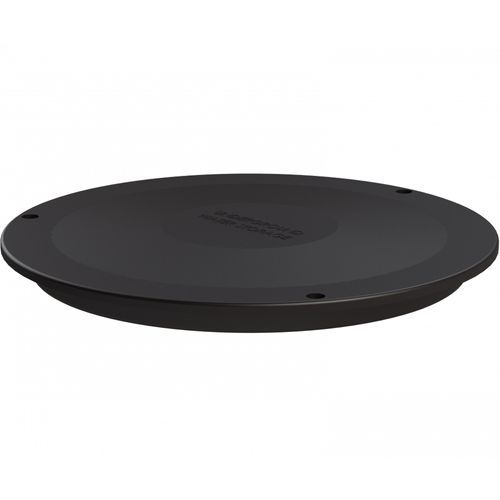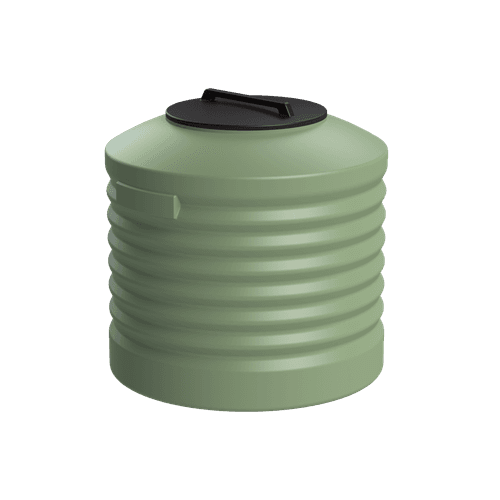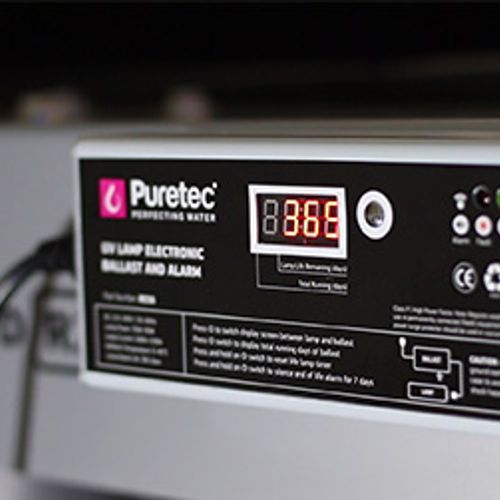Tanking
- Water intrusion can pose a real threat to the structural integrity of your house. That is where tanking comes in. It is used to describe the process of producing a tank-like barrier to prevent walls from water penetration. ArchiPro offers a range of waterproof tanking membrane paint that effectively stops water from damaging your house. Head over to buy some today!Why ArchiPro?
No more endless searching -
Everything you need, all in one place.Real projects, real experts -
Work with vetted architects, designers, and suppliers.Designed for New Zealand -
Projects, products, and professionals that meet local standards.From inspiration to reality -
Find your style and connect with the experts behind it.Start your Project
Start you project with a free account to unlock features designed to help you simplify your building project.
Learn MoreBecome a Pro
Showcase your business on ArchiPro and join industry leading brands showcasing their products and expertise.
Learn More